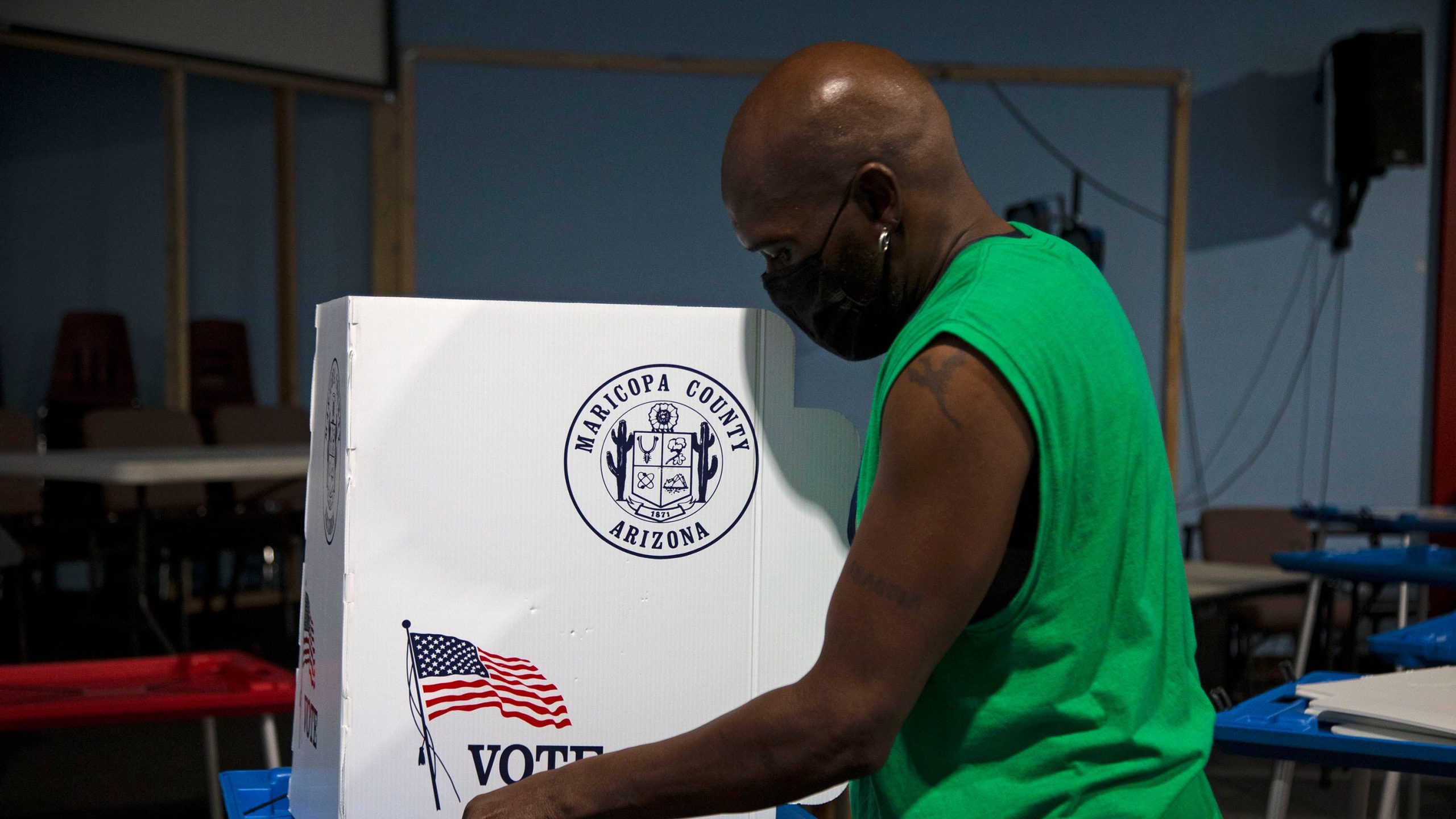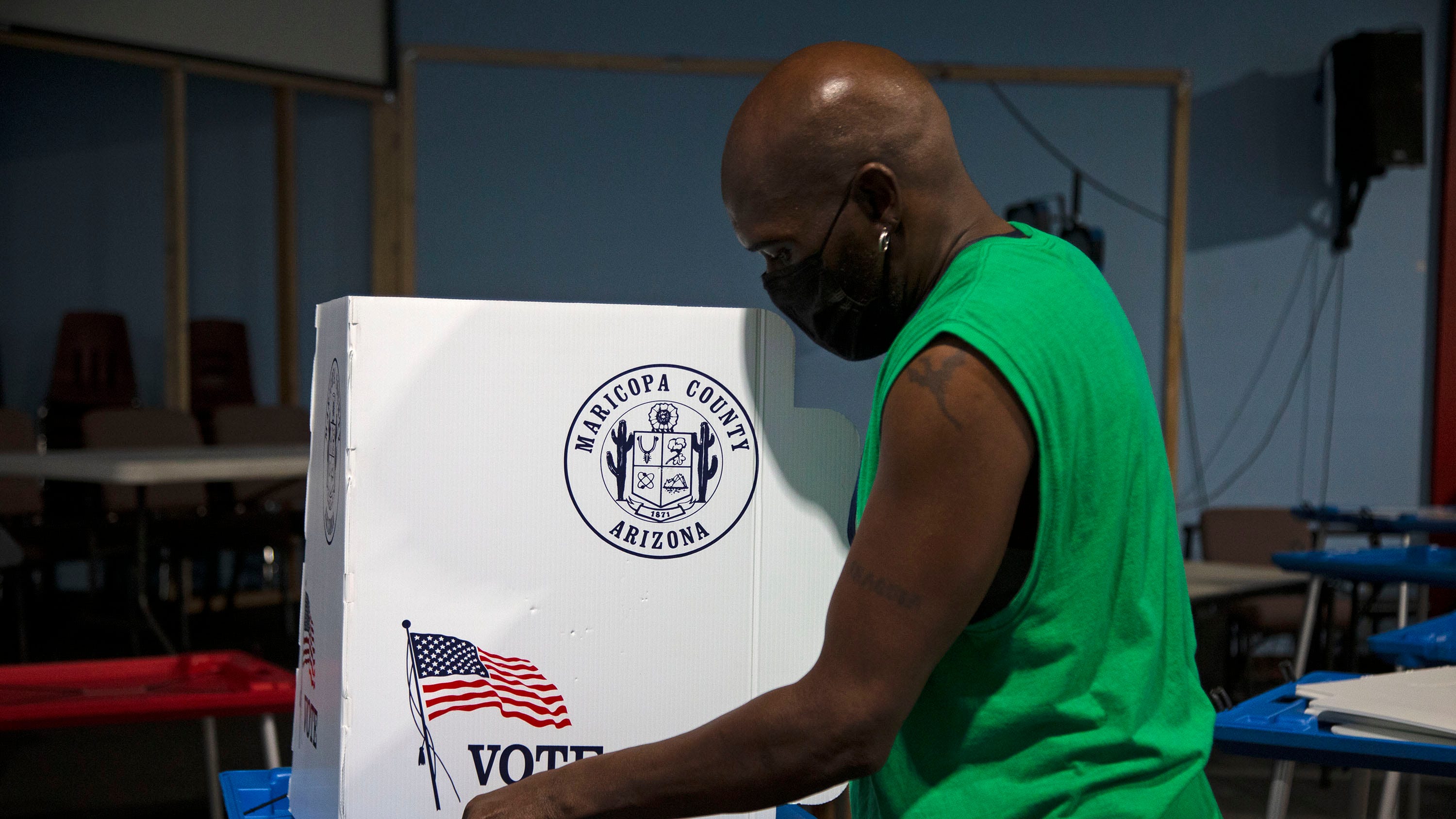New reopening guidelines for gyms and bars released on Monday by the state Department of Health Services suggest those businesses won’t be operating normally for quite some time — at least not in most parts of the state.
The businesses cannot reopen until their counties meet certain COVID-19 benchmarks involving case numbers, positive test results and hospitalization rates, according to DHS Director Dr. Cara Christ.
The benchmarks are similar to those state officials rolled out for schools, but the state made school benchmarks optional.
All but two Arizona counties still have “substantial” community spread of the virus under Monday’s benchmarks, not the “moderate” or “minimal” levels that would trigger the business reopening process.
“What we’ve seen both here in Arizona and nationally as we’ve been working with other states: Once you hit that 10% (infection rate), that’s when the cases start to go exponential,” Christ said. “It goes very, very quickly. So, we want to make sure that we are stably in that moderate zone for our businesses to phase back in.”
Businesses in counties that meet the state’s benchmarks must submit attestations agreeing to take myriad precautions to minimize the spread of COVID-19 among customers and staff before reopening.
No quick path
The extensive guidelines likely came as a surprise to some gyms on Monday, some of which had planned to reopen as soon as Tuesday after a judge ruled the state needed to give them a path to reopen.
Gov. Doug Ducey had shuttered fitness centers — as well as bars, theaters and water parks — for a second time on June 29 as state officials confronted one of the worst COVID-19 outbreaks in the world.
Daniel Scarpinato, Ducey’s chief of staff, said the new, data-driven guidelines would “provide the most certainty to businesses” experiencing a rollercoaster of closures and reopenings. Had the state announced an “arbitrary date for reopening,” he said, it may have had to revise it several times.
“We do want our businesses to open back up when it is safe,” Scarpinato said. “We think the best way to do that is to take a cautious approach.”
Benchmarks for businesses
The new guidelines rely on three levels of community transmission: substantial, moderate and minimal. The closer a county is to “minimal,” the more freedom businesses there have to reopen and, in some cases, operate at a higher occupancy level.
Officials consider three metrics to determine a county’s standing: cases per 100,000 people, percentage of positive test results and percentage of hospital visits due to COVID-like illnesses.
Counties must meet thresholds in all three areas for at least 14 consecutive days to move to a lower transmission category. State data typically reflects a county’s COVID-19 situation as of two weeks ago.
For example, the state currently considers transmission in Maricopa County “substantial.” To move down to “moderate,” the county’s positivity and hospitalizations rates would need to spend at least two weeks below 10%, and there could not be more than 100 cases of COVID-19 per 100,000 residents during that same period.
“We think, just based on trends in the next couple of weeks, that Maricopa will be in the moderate zone if the trends continue the way they are,” Christ said on a conference call with reporters on Monday.
Yavapai and La Paz counties appear to be in the moderate zone already, according to state data.
Businesses in counties with minimal or moderate spread may reopen as soon as they attest to a series of health and safety guidelines state officials also released on Monday. A business must submit the attestation to the state and post a notice customers can easily see.
Businesses in counties with substantial spread can apply to reopen early. They must submit an application to state health officials outlining preventive measures that go above and beyond the state’s.
Health officials will review those applications within 15 days, Christ said. Businesses can appeal denials.
Residents and businesses can track community benchmarks and reopened businesses using an online state dashboard.
Guidelines vary by business
Reopening timelines won’t look the same for every type of business affected by the governor’s order.
Gyms, for example, may operate at 25% occupancy in counties with moderate spread, generally defined as having an infection rate between 5% and 10%.
They may operate at 50% capacity once the infection rate drops below 5% and fully reopen once it drops under 3%.
Theaters and water parks can move straight to 50% occupancy in counties with moderate spread, however, as can bars that offer dine-in service as a central part of their business model, such as Postino Wine Cafe.
Bars and nightclubs without a significant restaurant element cannot reopen until a county’s infection rate falls below 3%. And, even then, they can only reopen at 50% occupancy.
Officials said it’s unlikely these businesses will be able to reopen at full capacity until a vaccine or standard treatment for COVID-19 exists.
“We do know that these are high risk for transmission, so that’s why we wanted to keep them at a lower occupancy,” Christ said.
Gyms took Ducey to court
The June 29 closure order signed by Ducey left open the possibility of lifting or extending its restrictions on July 27.
But on July 23, Ducey opted to keep the directive in place for at least two more weeks.
Beginning with Mountainside Fitness, gyms filed three separate lawsuits, though a challenge from EoS Fitness was consolidated into Mountainside’s.
A judge initially upheld the governor’s order, but later reversed himself when the state didn’t offer the gyms a plan to reopen and said the state needed to give the gyms an opportunity to reopen.
EoS Fitness CEO Rich Drengberg sent an email to members after the new guidelines were released on Monday, expressing dismay that the facilities would not be reopening soon.
“Please be rest assured that we are still continuing to pursue our legal rights to open and the rights of our members to have access to fitness, through the Arizona court system,” Drengberg said.
He said the chain would continue to cooperate with the state to enhance safety.
“We share your frustration and are doing everything we can so that common sense can prevail,” Drengberg said.
Mountainside had planned to reopen on Tuesday, announcing its plans soon after the judge’s decision last week.
But on Monday, without clear guidance on what would be required, Mountainside announced the chain of 18 gyms would delay the reopening until the rules were clear.
“As we have tried time and time again to prepare to re-open, whether it is to trust what we’ve been told or by proof and process through the court, here we sit today without a path to re-open and without final protocols from July 22,” Mountainside founder and CEO Tom Hatten said in a news release sent out before the state unveiled the reopening rules.
“No other industry in Arizona has been made to go through this process,” he said. “I will ask for your patience as we wait to see if the state provides the protocols they submitted on July 22 in final form by tomorrow, Tuesday, Aug. 11.”
Reach reporter Ryan Randazzo at ryan.randazzo@arizonarepublic.com or 602-444-4331. Follow him on Twitter @UtilityReporter. Reach the reporter at maria.polletta@arizonarepublic.com or 602-653-6807. Follow her on Twitter @mpolletta.
Support local journalism. Subscribe to azcentral.com today.



